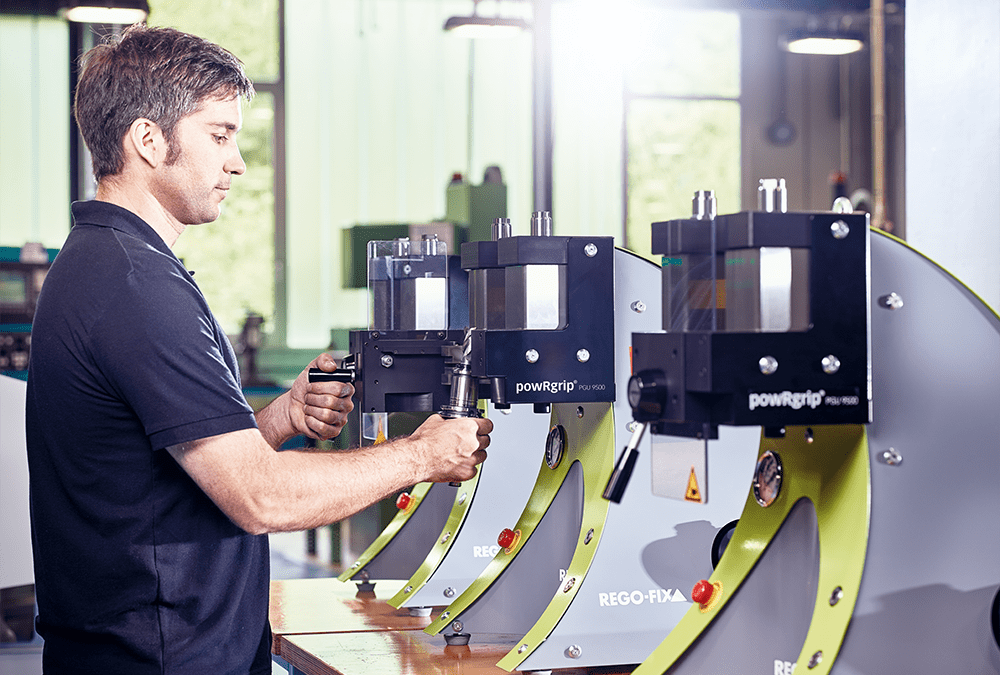Many manufacturers still consider drilling a very forgiving process that requires less precision on the part of toolholding. Realistically though, nothing could be further from the truth. Toolholding is the key to boosting drilling accuracy, which in turn, can improve hole quality to the point of eliminating secondary operations, extend tool life, reduce tooling costs and increase production.
Nowhere else is this more evident than with vehicle OEMs producing parts from cast iron. These manufacturers have come to realize that the key to generating near perfect, high-quality holes – and large numbers of them in high-volume production – depends almost entirely on toolholding.
It is with cast iron drilling where toolholding systems such as those that are hydraulics based or that use heat shrink technology tend to fall short. As a result, tool life, precision and quality all suffer. Regardless of material being drilled, mechanically based holders, such as those within the REGO-FIX powRgrip® (PG) system, provide benefits beyond those of other toolholding systems. These include increased tool life, higher precision, overall improved hole quality, superior holding power and vibration control.
Why is cast iron the true test of a toolholder’s mettle? Cast iron is porous and as such has a numerous internal bubbles or cavities. When drilling, the tool will veer off course and follow these cavities because they are the path of least resistance. In these instances, drills will also tend to pull out of toolholders.
It is for this reason that toolholders must have high holding power. While some toolholders will provide such gripping strength, many of them are unable to provide much needed vibration control as well, as is the case with shrink fit. Hydraulic holders, on the other hand, provide necessary vibration control, but not the strength and precision to keep drills from veering off center or pulling out.
If you use hydraulics, you sacrifice precision. With heat shrink you gain strength, but at the cost of vibration control. With a PG holder, you get it all – more strength than shrink fit and control vibration beyond that of hydraulic holders.
In terms of cost effectiveness, mechanically based toolholding systems also provide a better tooling ROI. Consider a vehicle OEM that produces 8,000 cast iron engine blocks per month and uses a drill that lasts for about 80 to 100 blocks. When they applied a PG holder, tool life increased to 180 parts per drill. While this may not seem like a significant increase, the savings were tremendous. The PG holder not only increased tool life and drilling speed, the resulting higher quality holes eliminated a secondary reaming operation, which in turn reduced overall part cycle times as well as tooling costs.
This also holds true for the secondary operation of hole tapping. A poorly drilled hole will compromise resulting thread integrity and shorten tap life, requiring the use of more taps and thus higher tooling costs.
When manufacturers treat drilling as a precision operation, they reap the benefits of longer tool life, reduced tooling costs and increased production. High-precision holes, however, are completely dependent on tool holding that provides all the necessary requirements –accuracy, strength and vibration control.
You deserve to have it all with toolholding that outperforms the competition. Contact REGO-FIX today to learn how the powRgrip system can provide strength, stability and overall cost savings.

